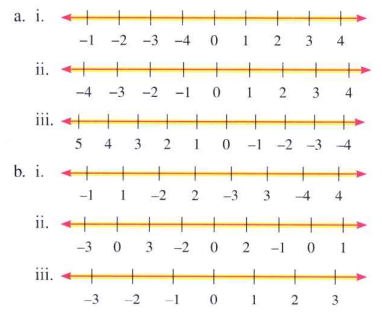The AM of teo given positive numbers is 2. If the larger number is increased by 1, the GM of the numbers becomes equal to the AM to the given numbers. Then, the HM of the given numbers is
To solve the problem step by step, we can follow these instructions:
Step 1: Define the Variables
Let the two positive numbers be a and b, where a>b.
Step 2: Use the Given Information
We are given that the Arithmetic Mean (AM) of the two numbers is 2. The formula for the AM of two numbers is:
AM=a+b2=2
From this, we can derive:
a+b=4(Equation 1)
Step 3: Consider the Change in the Larger Number
If the larger number a is increased by 1, the new number becomes a+1. We need to find the Geometric Mean (GM) of the new pair (a+1,b).
Step 4: Calculate the Geometric Mean
The formula for the GM of two numbers is:
GM=√(a+1)⋅b
According to the problem, this GM is equal to the original AM, which is 2:
√(a+1)⋅b=2
Squaring both sides gives:
(a+1)⋅b=4(Equation 2)
Step 5: Substitute b from Equation 1 into Equation 2
From Equation 1, we can express b:
b=4−a
Substituting b into Equation 2:
(a+1)(4−a)=4
Step 6: Expand and Simplify
Expanding the left side:
4a−a2+4−a=4
This simplifies to:
−a2+3a+4−4=0
Thus, we have:
−a2+3a=0
Factoring out a:
a(3−a)=0
Step 7: Solve for a
This gives us two solutions:
1. a=0 (not valid since a and b are positive)
2. a=3
Step 8: Find b
Using a=3 in Equation 1:
b=4−a=4−3=1
Step 9: Calculate the Harmonic Mean (HM)
The formula for the HM of two numbers a and b is:
HM=2aba+b
Substituting the values of a and b:
HM=2⋅3⋅13+1=64=32
Final Answer
The Harmonic Mean of the given numbers is:
HM=32
Let the two positive numbers be a and b, where a>b.
We are given that the Arithmetic Mean (AM) of the two numbers is 2. The formula for the AM of two numbers is:
AM=a+b2=2
From this, we can derive:
a+b=4(Equation 1)
If the larger number a is increased by 1, the new number becomes a+1. We need to find the Geometric Mean (GM) of the new pair (a+1,b).
The formula for the GM of two numbers is:
GM=√(a+1)⋅b
According to the problem, this GM is equal to the original AM, which is 2:
√(a+1)⋅b=2
Squaring both sides gives:
(a+1)⋅b=4(Equation 2)
From Equation 1, we can express b:
b=4−a
Substituting b into Equation 2:
(a+1)(4−a)=4
Expanding the left side:
4a−a2+4−a=4
This simplifies to:
−a2+3a+4−4=0
Thus, we have:
−a2+3a=0
Factoring out a:
a(3−a)=0
This gives us two solutions:
1. a=0 (not valid since a and b are positive)
2. a=3
Using a=3 in Equation 1:
b=4−a=4−3=1
The formula for the HM of two numbers a and b is:
HM=2aba+b
Substituting the values of a and b:
HM=2⋅3⋅13+1=64=32
The Harmonic Mean of the given numbers is:
HM=32
Topper's Solved these Questions
Similar Questions
The A.M. of two given positive numbers is 2. If the larger number is increased by 1, the G.M. of the numbers becomes equal to the A.M. of the given numbers. Then find the H.M.
View SolutionA positive number is 5 times another number. If 21 is added to both the numbers, then one of the new numbers becomes twice the other new number. What are the numbers?
View SolutionIdentify the correct number line from the given number lines :

View SolutionIf HM:GM=4:5 for two positive numbers, then the ratio of two numbers is -
View SolutionProve that if a number is doubled, then its cube is eight times the cube of the given number.
View SolutionThe A.M of two numbers is 17 and their G.M. is 8. Find the numbers.
View SolutionThe sum of digits of a two digit number is 15. The number obtained by reversing the order of digits of the given number exceeds the given number by 9. Find the given number.
View SolutionThe AM of n numbers of a series is ¯¯¯X. If the sum of first (n-1) terms is k, then the nth number is
View SolutionThe sum of the squares of two positive integers is 208. If the square of the larger number is 18 times the smaller number, find the numbers.
View SolutionA natural number, when increased by 12, becomes equal to 160 times its reciprocal. Find the number.
View Solution